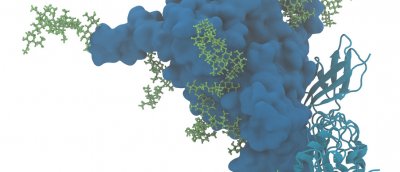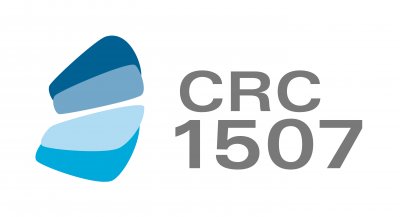collaborative research centre on cell membranes
collaborative research centre on cell membranes

As part of the new collaborative research centre (CRC) 1507, Roberto Covino's group will contribute to understand the role of the cell membrane in regulating fundamental cellular programs. With modelling, calculations, and computer simulations, they want to elucidate the complex interactions between membrane proteins and lipids.
In SFB 1507 " Membrane-associated Protein Assemblies, Machineries, and Supercomplexes", the FIAS group, together with researchers from the universities of Frankfurt, Mainz, Jena, and the Max Planck Institute for Biophysics, is investigating the biological processes at the cell borders. "There, protein complexes sense their environment," Covino explains. "Signals trigger regulatory programmes whose interplay and mechanism we still do not understand, despite their biological and biomedical importance."
Covino and his team use state-of-the-art modelling and simulations of molecular dynamics as well as innovative computational methods. For example, they plan to study the activation mechanism of the Unfolded Protein Response (UPR), a fundamental pathway central in health and disease. Computer simulations driven by artificial intelligence will, for example, help to understand the pairing (dimerisation) of transmembrane proteins. From this first step, more sophisticated protein assemblies in the membrane can be deduced.
A central project is the membrane-mediated interaction of UPR activation: The group wants to develop an experimental-theoretical workflow to unravel the activation mechanism of certain (MET) receptors which control many cellular activities and are, for example, dysregulated in cancer.
To this end, a new PhD position is being created in Covino's research group. The German Research Foundation (DFG) will fund the SFB 1507 with 13.8 million euros over the next four years. Spokesperson Prof. Robert Tampé from the Institute of Biochemistry at Goethe University explains: "We want to understand the organisational and functional principles of large dynamic protein complexes, for example how they interact in cellular self-defence or in communication processes."
more